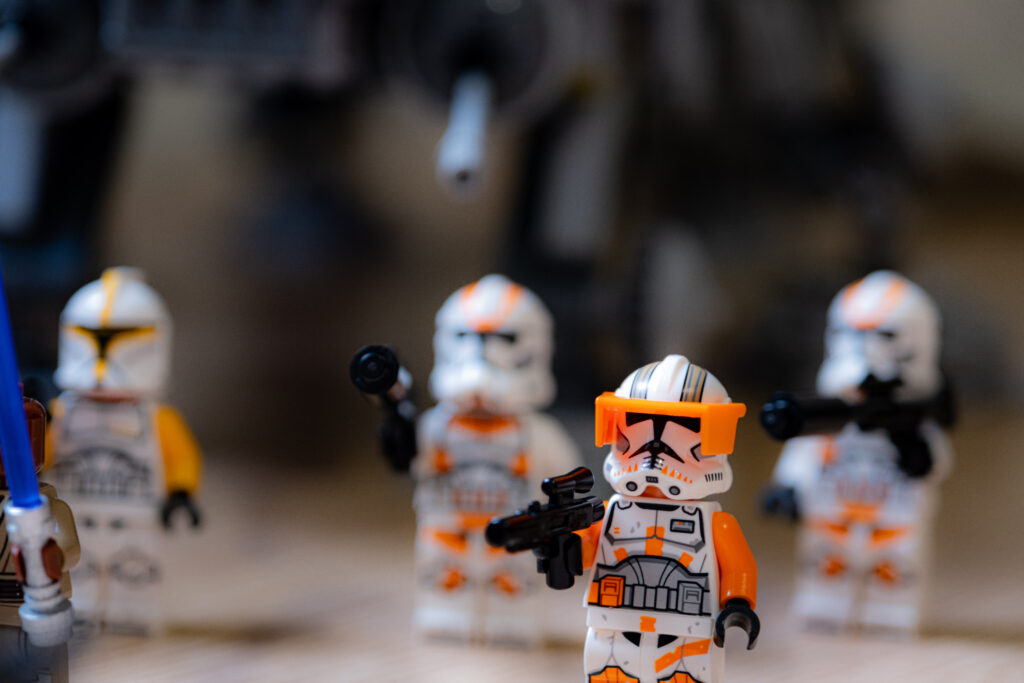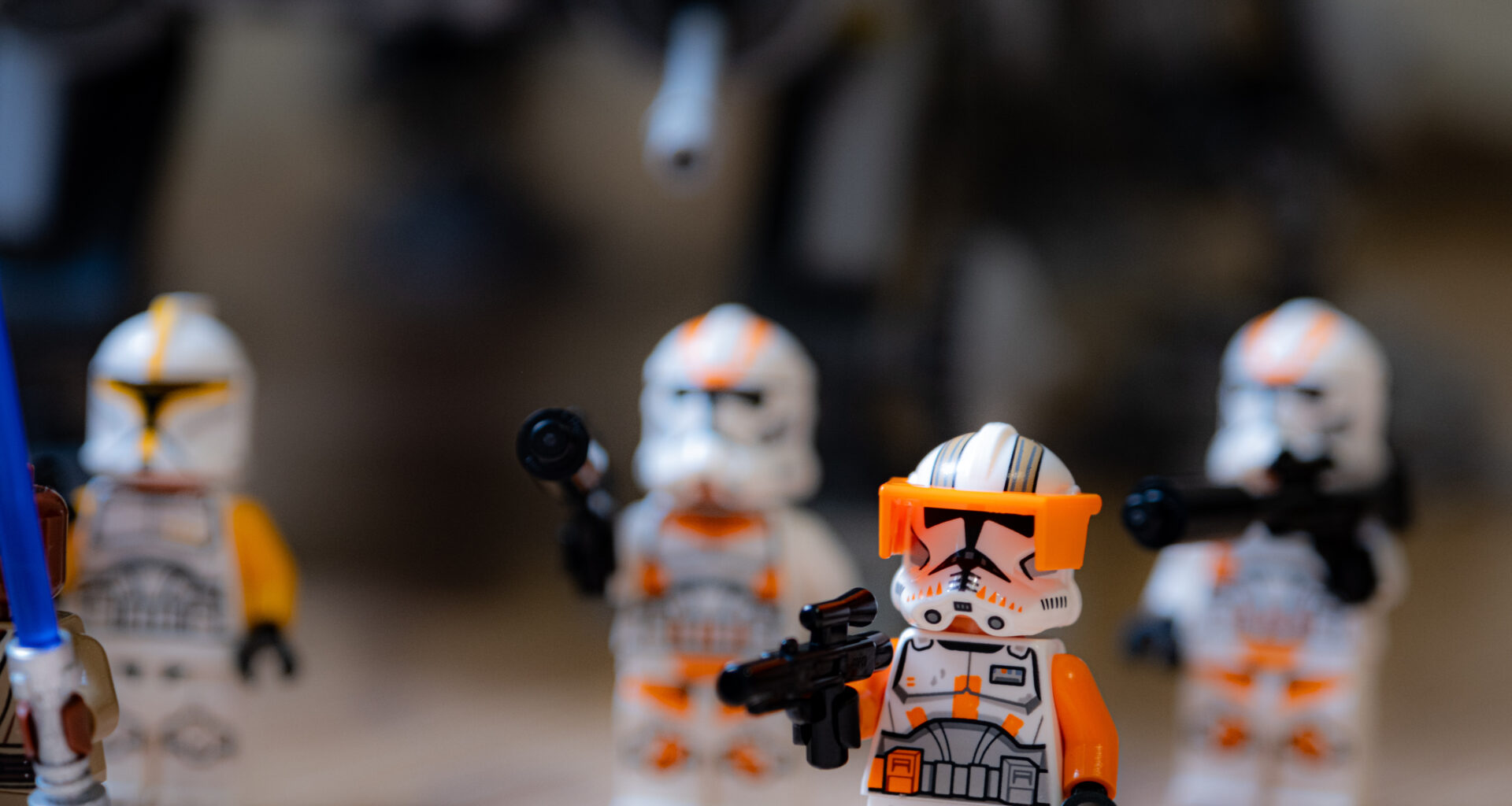One of the most straightforward problems that happen in teams is simply that when you bring people together for a conversation face to face, you can’t really talk over each other, you have to wait for your turn and this creates a conversational bottleneck which introduces all kinds of problems.
So how do you connect minds, share perspectives and how change each other’s perspectives in a way that will allow the team to produce more creative outcomes?

When you need your team to deliver creative outputs, there are many barriers that may arise during the process, such as:
- Conformity
- Blind obedience
- Polarization
- Common Knowledge
- Overconfident teams
- Leveraging social influence
In this post we’ll discuss each barrier and help you on breaking them in order for your team to be more successful on your creative journey.
Conformity
People might join a team as unique individual with their own perspectives, but teams can actually stamp out that individuality by encouraging people to conform. If the goal is to get people to obey and fall in line and march efficiently in order, the conformity is a great thing. But as far as creativity goes, conformity is a bad thing.
When it comes to creativity, people think: “well, I have some information to share that’s really important but I’m not going to because I just assume it has to be wrong because no one else thinks it”.
And other times , it’s the case that people know for a fact the group is wrong and don’t say anything because they don’t want the group to dislike them.
Thinking you’re the deviant when you’re not
In order for groups to be creative we’re really relying on people to express their authentic points of view and share their perspective with others.
But here again we see the groups sort of work against that by sometimes creating this atmosphere of silence in which people feel like deviants when, in fact, they’re thinking the same thing as everyone else.
So the problem is that we allow these mistaken perceptions to go on unquestioned and these sort of erroneous understandings of what’s going on to persist even though they’re completely inaccurate, outdated, or whatever, and so, again, we see is that teams create the context that promotes silence rather than free expression.
How can we break conformity?
One of the ways is just give people a partner. If there’s another person dissenting against the majority, even if they don’t agree with me necessarily, they just model the possibility of people breaking with the majority.
Other way is to allow the dissenter to speak first. Don’t make the majority view known.
And then, once people have expressed their point of view, even if they later find out that they’re at odds with everybody else, chances are they’re going to stick to their guns.
Because oddly enough, people would rather be misfits than flip-flopper’s.
Blind obedience
When teams form, they can also create hierarchies very easily, which are based on a number of different things. But what it does is create the opportunity for people at the top to impose their will and their point of view on everybody else. And what hierarchies can do is ensure that only the ideas that come from the top are legitimate and are worth sharing. People at the top of the hierarchy can make the people below them more obedient rather than rebellious or nonconforming or questioning.
Polarization
Why groups polarize?
One reason is that when you get into a group of like minded people you hear novel arguments in favor of what you already thinks is true. It’s not only that you agree with that person but you have reasons why that person is right, so that becomes incredibly self-reinforcing.
So rather than rethink perspectives and arrive at a more thoughtful conclusion, groups can actually just mindlessly polarize and become more extreme in the point of view they came to the discussion with.
Common knowledge
So we bring different kinds of people together in a team, but the question is, will they say different kinds of things? Turns out that people tend to focus on what they have in common instead.
The common knowledge effect happens when you put a diverse group of people who each has a unique set of knowledge that needs to be shared in order to solve a problem.
What ends up happening is that people don’t actually share the unique information they have, they end up focusing on the information they have in common.
Overconfident teams
Overconfidence and feeling really successful when you aren’t necessarily poses a lot of problems. As we’ve seen up to this point, groups create a lot of problems. Partially by creating agreement by forcing people to obey whether they think their course of action is good or not, by enforcing silence even when people privately disagree.
All of these things could create their own problems, but they also tie together and produce something that is also problematic, which is overconfidence.
Groups can actually be overconfident because they’re in agreement and because everyone thinks they’re on the same page, they can start to think that they have the right answer when the process that got them there maybe wasn’t very sound.
Creativity requires effort, and you need people in a team to pull their weight and do what they need to do to get the job done.
Overconfidence works against that because if we’re so successful, and if we have all the right answers, if we all agree, then why bother thinking, questioning and exploring alternative possibilities?
Leveraging social influence
Teams often set up a lot of norms that work against creativity. They resort to blind conformity, obedience, they tend to remain silent about key things, they tend to be overconfident. But there are actually things you can do to work around those problems.
If you’re going to put a team together with the goal of accomplishing something creative, the first question to ask is what should the composition be?
You might be tempted to look for the most creative people you can find and put them all in a team together because, after all if you get everyone who is creative working together, the outcome would have to be creative.
But it’s actually more complicated than that, and it actually might not be such a good idea to compose a team made of almost nothing but creative people.
Creative personalities tend to be rebellious, non-conforming, and unpredictable. And these are good quality for creativity, but they aren’t necessarily helpful for every aspect of the creative process.
In fact, you can get carried away in almost go too far with those kinds of behaviors. So, you really need some personalities to reign them in.
Composing the right team
And with that goal in mind, there are two other traits that are worth considering. What is the personality in which people tend to conform?
So, as we’ve seen, there are some people who just tend to be willing to ignore their own point of view and adopt the one espoused by the group. These are the conformers.
The other personality trait to consider is attention to detail. Do people focus narrowly on the tiny details and strive for perfection?
And it turns out that the ideal personality mix is mainly creative people, but you also want one or two of the conformists in there working together.
Creatives are useful for enhancing conflict which can help the team think creatively and consider alternative perspectives. They’re necessary to get teams to consider and integrate more perspectives.
However, the conformists are also useful for providing the structure and efficient execution necessary to bring ideas to fruition. You can think of them as playing the glue role in the team.
Traits that diminishes creativity
The one trait that actually diminishes creativity are the people who are excessively focused on the tiny details to the exclusion of the big picture. There’s actually a lot of evidence that suggests that having even one of them on your team isn’t necessarily good for creativity, and having too many of them can actually backfire and reduce creativity.
So, even with a right mix of personalities things still can get stale after a while. People may have started out with unique knowledge, but once that knowledge is shared, everyone starts to operate from the same knowledge base. Groups who work together a long time can also form habits that aren’t necessarily fruitful. They can begin to share perspectives that aren’t necessarily aware of but are constraining anyway. So, how do we deal with this?
One way is membership change. That can address some of these issues.
Rotating membership in the team so the team introduces new members periodically, boosts creativity. Newcomers can know things that are useful that the other team members don’t know, they can integrate their new knowledge into the group and that can spark creative ideas from the existing group of members.
Outsiders also are not yet socialized to the norms of the group, so they can say or do the wrong thing and make the team aware of the habits that they’ve developed over time that haven’t necessarily been helpful.
Breaking barriers in creativity
People are fearful in teams, they tend to conform and are worried about being liked and rejected.
One thing that might address this problem is building a culture of individualism in which people will be motivated to express their unique point of view (even if it might lead to conflict) rather than focus on what they have in common with their team, setting aside their own personal point of view and maintaining harmony, rather than engaging in conflict.
And what it does instead is emboldens in people to stand out to be different, to be unique, to engage in conflict if it means it’s going to move the discussion forward.
And so in that culture then, there is less of a tendency to conform and more of a willingness to say look, the majority has it wrong and here’s why.
People are afraid of breaking norms, they’re afraid of standing out and don’t want to rock the boat. And part of it is they’re the only one who thinks they disagree.
So when you have somebody who confidently says, I think you people have it wrong and I have it right, it can actually Embolden other people to join and say, I’m not the only one who thinks that this is a terrible idea.
And just having a partner in that dissent against a majority can make people more bold, more independent minded. So we can minimize that concern over silence by enabling people to disagree, fostering that tolerance for learning.
Stimulate dissent
The big picture here is how can you put different viewpoints together and push each other to generate different viewpoints to come out with something that you didn’t have previously.
You need your team to speak out confidently. You need them to dissent, to disagree with each other and to elevate the discussion.
When teams form, we often assume that everyone has the same kind of point of view, but when someone disagrees with the group, it shocks people up.
They immediately start to pay more attention and leave their comfort zone. It makes them curious, because, how can the dissenter be so wrong and yet so confident in expressing their point of view? – Maybe we’re missing something or we should go back and rethink our assumptions.
The effort to understand why the dissenter is going against the group can lead people to do things that are likelu to boost creativity, to rethink their perspective and try to see the problem in a different way.
So, in order to stimulate creative outcomes from your team what you really need to do is to create an environment in which they feel comfortable on expressing their uniqueness. An environment that stimulates dissent and discussions, and punishes silence and conformity.




